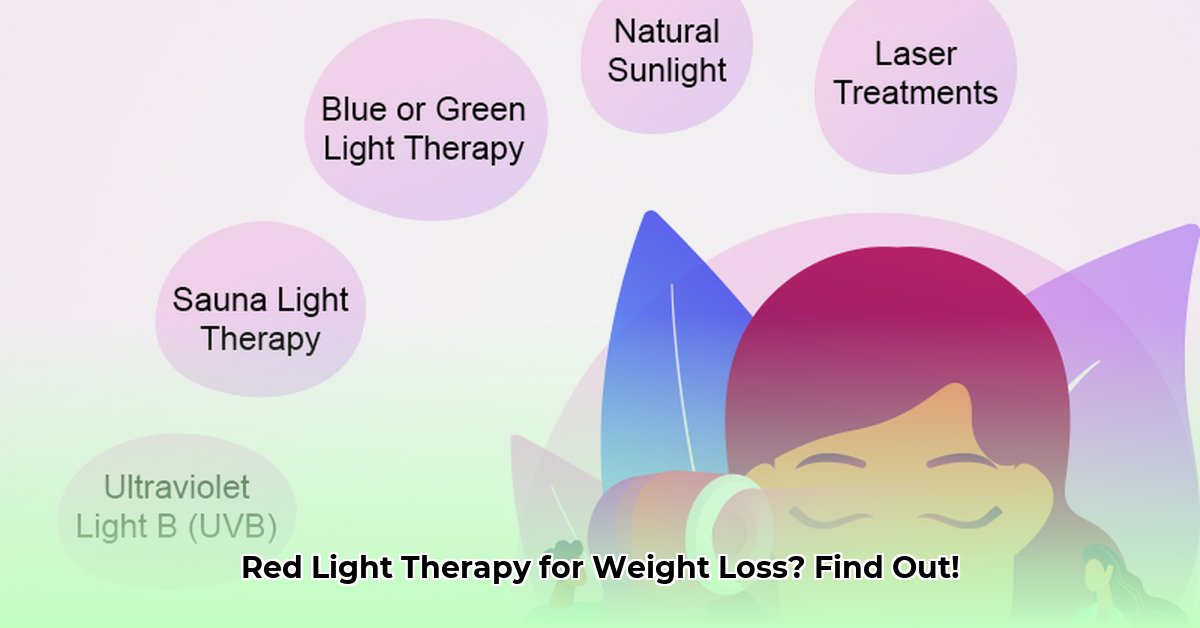
How Much Does Red Light Therapy (RLT) for Weight Loss Cost?
The cost of red light therapy (RLT) for weight loss varies considerably. Prices range from approximately $2,000 to $4,000 for a typical treatment series (approximately six sessions). Individual session costs fluctuate based on location, clinic reputation, and treatment duration. This significant investment necessitates a critical assessment of its potential efficacy and cost-effectiveness.
Does Red Light Therapy Actually Work for Weight Loss?
The efficacy of RLT for weight loss remains inconclusive. While some smaller studies suggest modest reductions in localized fat (potentially an inch or two around the waist or thighs), these findings are often temporary and lack robust methodology. Many studies lack a proper control group, making it difficult to definitively attribute observed changes solely to RLT. Larger, long-term studies with rigorous controls are needed to ascertain RLT’s true impact on overall weight loss. Currently, a healthy diet and regular exercise remain the cornerstones of sustainable weight management. Is the high cost justified by the limited and often temporary results shown in existing research? This question needs further investigation.
What the Research Reveals: A Balanced Perspective
The current research on RLT for weight loss presents a mixed picture:
Limited Evidence of Significant Weight Loss: Studies showing statistically significant results often reveal only modest reductions in localized fat measurements (waist, hip, thigh circumference). These improvements are often small and not necessarily indicative of overall weight loss.
Methodological Limitations: Many studies suffer from limitations such as small sample sizes, absent or inadequate control groups, and short follow-up periods. These issues compromise the reliability and generalizability of the findings. How can we confidently assess the long-term effects of RLT with such limitations in the available data?
Unclear Mechanisms of Action: The precise mechanisms by which RLT might influence fat metabolism remain poorly understood. This knowledge gap is a significant hurdle in developing conclusive evidence regarding its efficacy.
Weighing the Pros and Cons of RLT for Weight Loss
A balanced assessment of RLT's potential benefits and drawbacks is crucial:
| Pros | Cons |
|---|---|
| Potential for modest localized fat reduction | High cost; typically not covered by insurance |
| Non-invasive; generally considered safe | Limited evidence of significant, sustainable weight loss; inconsistent results |
| Relatively short treatment sessions | Methodological weaknesses in many studies; unclear long-term effects |
| May have additional skin benefits | May not be suitable for all; potential for minor skin irritation in some individuals |
Red Light Therapy and Obese Patients: A Critical Evaluation
Research on RLT's effectiveness in obese patients is particularly limited. Many studies exclude individuals with higher BMIs, leaving a significant knowledge gap. Furthermore, the cost-effectiveness of RLT needs careful consideration, especially given its potentially modest benefits and high cost. Is RLT a financially viable option compared to lifestyle changes for obese individuals seeking weight loss? The current evidence does not provide a definitive answer.
A Holistic Approach to Weight Loss: RLT's Role
Based on the available evidence, RLT, at best, may offer modest improvements in localized fat reduction for some individuals. It is not a stand-alone solution for weight loss and should not replace a balanced diet and regular exercise. A holistic approach, incorporating lifestyle changes as the cornerstone of weight management, remains crucial. The financial burden of RLT must be weighed against its uncertain and often limited results.
Key Takeaways:
- RLT shows limited evidence of significant weight loss. Most studies only suggest minor, localized fat reduction.
- Many studies are small and methodologically weak, hindering reliable conclusions.
- The long-term effects of RLT are unclear due to short follow-up periods in many studies.
- RLT should be considered a supplemental tool, not a primary weight-loss solution. Lifestyle changes are paramount.
- The cost-effectiveness of RLT for weight loss requires further rigorous investigation.
Consult a healthcare professional before starting any weight-loss treatment. They can help you develop a personalized plan that aligns with your health goals and assess the suitability of RLT in your context.